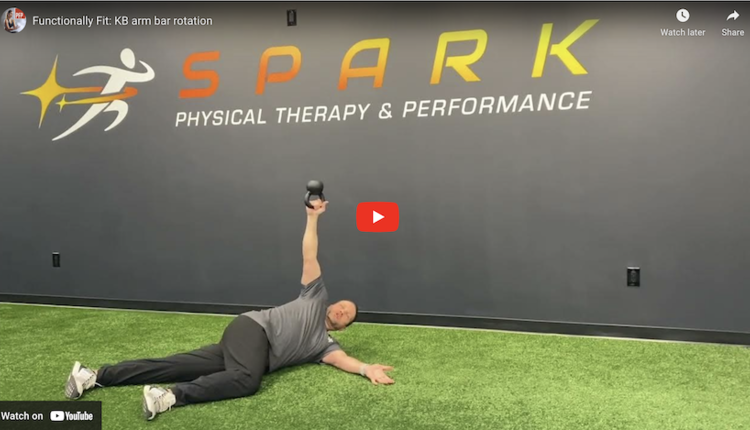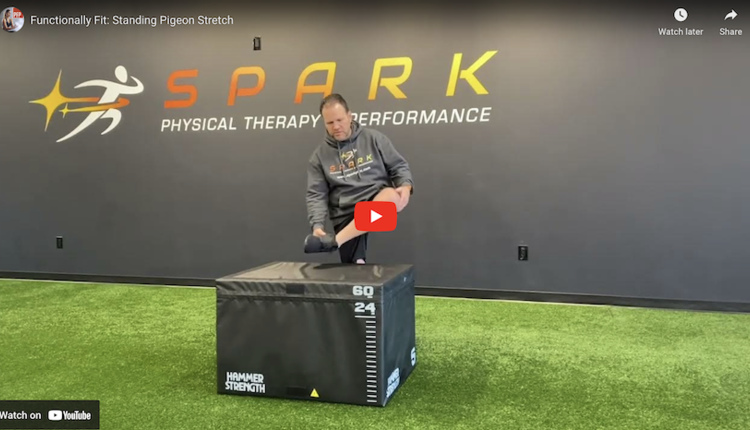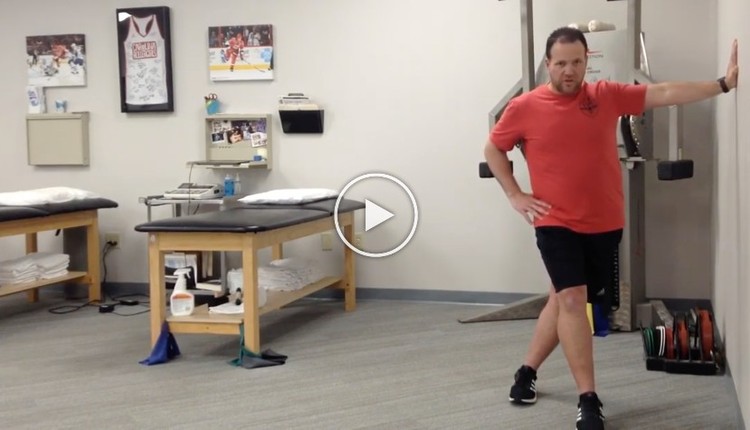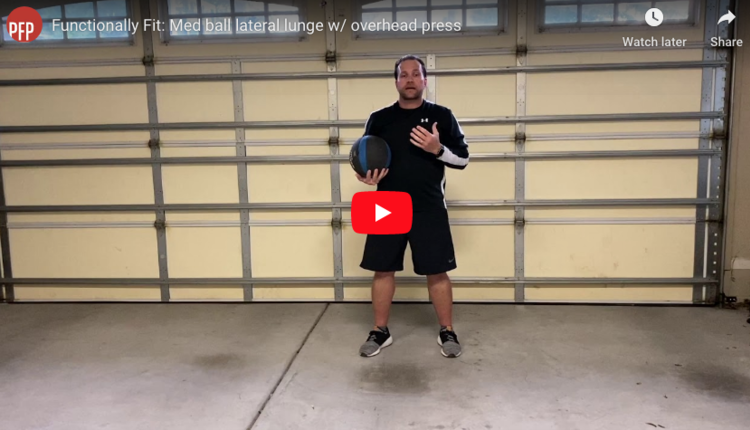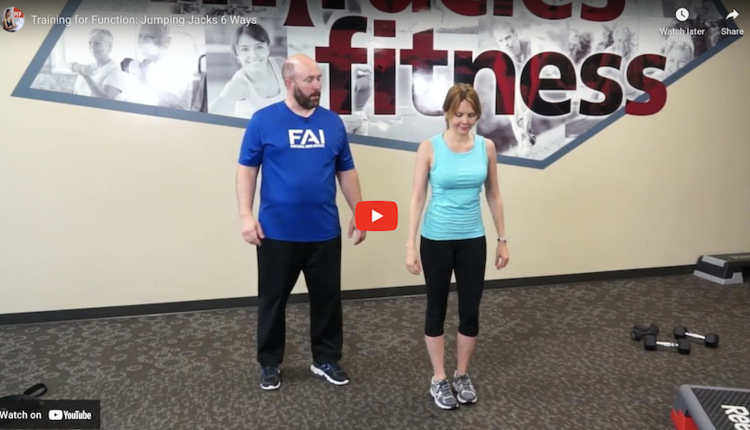

Scapular winging and tilting is a common problem in many clients. This can be the result of long thoracic nerve palsy, tightness in the pec minor, weakness in the serratus anterior, excessive thoracic kyphosis and shortened scapulohumeral muscles.
Keep in mind you may see winging at rest, during arm elevation or during the return from elevation. Winging is often associated with impingement, tendonitis and even rotator cuff tears. There are several traditional ways to strengthen the serratus anterior muscle, but I wanted to share a less traditional closed chain exercise that is also very effective in reinforcing scapular stability and serratus activation.
Execution: Begin in a quadruped position sitting back on the heels with the arms outstretched (pain free range of motion of course). Slowly rock forward to the point where the shoulders are extending to 90 degrees. Focus on maintaining good alignment of the scapula. If you observe winging, then this indicates the muscle is too weak to control the load in that zone of movement.
I suggest pausing at 90 degrees for 1-2 seconds and then slowly moving back to the start position. Perform 1-2 sets of 10-15 repetitions in a deliberate and controlled fashion.
Keep in mind you may see winging at rest, during arm elevation or during the return from elevation. Winging is often associated with impingement, tendonitis and even rotator cuff tears. There are several traditional ways to strengthen the serratus anterior muscle, but I wanted to share a less traditional closed chain exercise that is also very effective in reinforcing scapular stability and serratus activation.
Execution: Begin in a quadruped position sitting back on the heels with the arms outstretched (pain free range of motion of course). Slowly rock forward to the point where the shoulders are extending to 90 degrees. Focus on maintaining good alignment of the scapula. If you observe winging, then this indicates the muscle is too weak to control the load in that zone of movement.
I suggest pausing at 90 degrees for 1-2 seconds and then slowly moving back to the start position. Perform 1-2 sets of 10-15 repetitions in a deliberate and controlled fashion.
 |  |
Therefore, in the early phase weight is mostly on the hips, but as you rock forward more load is transferred to the shoulder girdle and serratus forcing it to stabilize the scapula on the thoracic wall. You may need to cue or depress the scapula to provide proprioceptive feedback to the client to reinforce proper alignment.
Keep in mind that performing pec minor stretching, thoracic spine extension mobilization (foam roller works well) and lower trap strengthening will also be very helpful in alleviating winging and tipping imbalances.
Advanced Progression: Once the client masters this movement and requires a greater challenge, place the unaffected hand behind the back and perform the exercise in a tri-pod position. This is much more challenging as the load dramatically increases, so be sure there is no pain or altered joint movement if you move to this exercise. I like to use this progression for weight training clients and overhead athletes.
 |  |
Brian Schiff, PT, CSCS, is a licensed physical therapist, respected author and fitness professional. Currently, he serves as the supervisor at the Athletic Performance Center in Raleigh, NC. Brian presents nationally at several professional conferences and seminars on injury prevention, rehab and sport-specific training. For more cutting edge training information, subscribe to his monthly Training & Sports Medicine Update at www.BrianSchiff.com.




